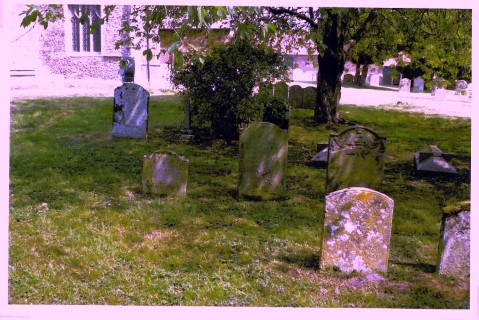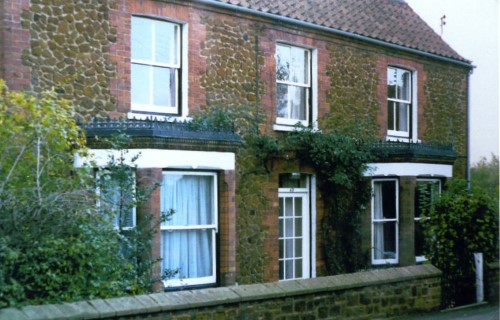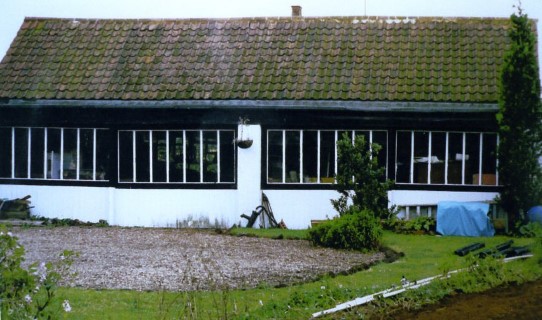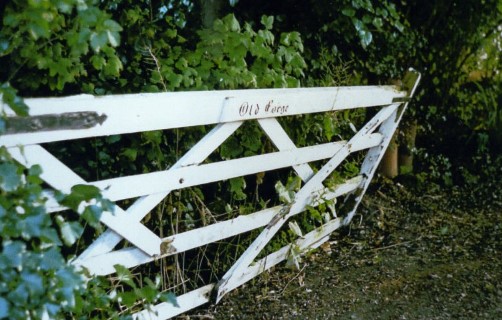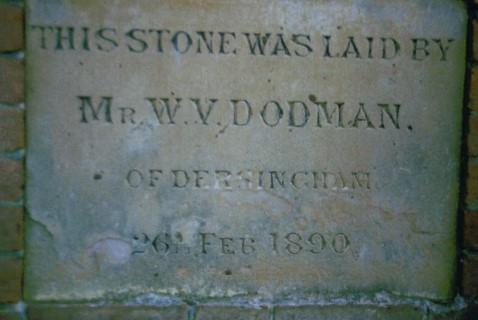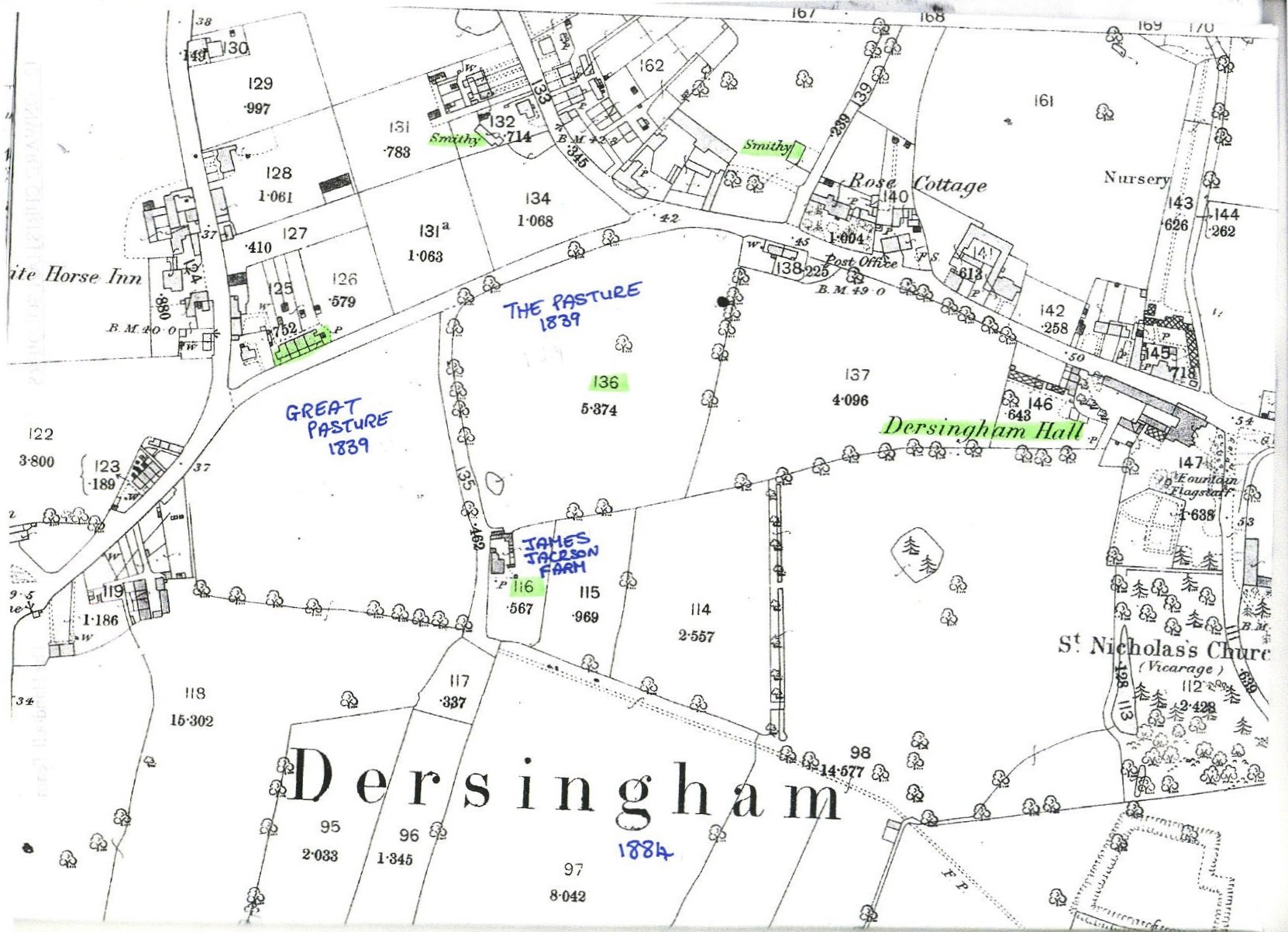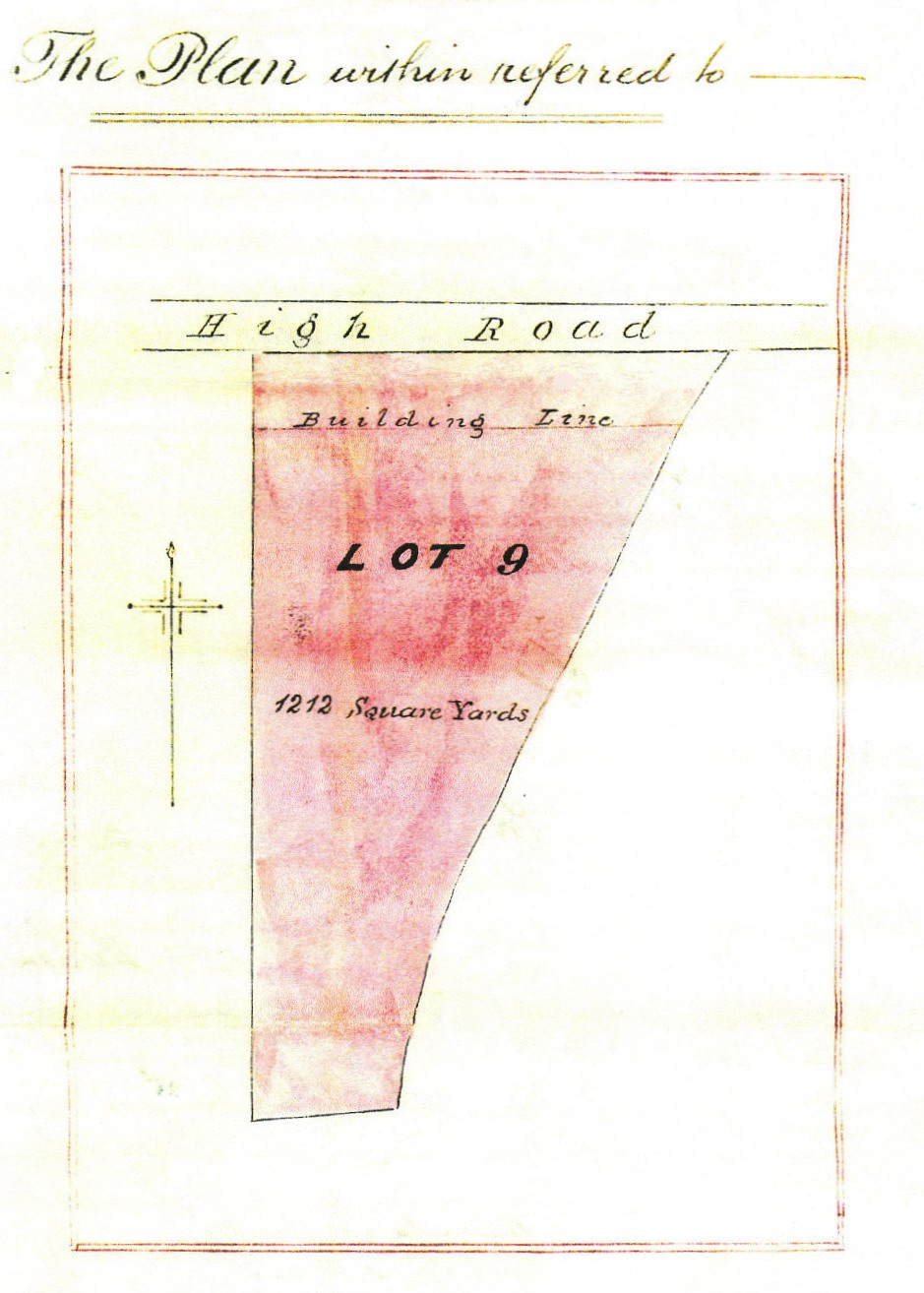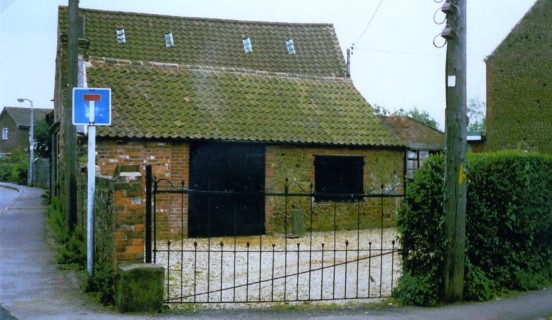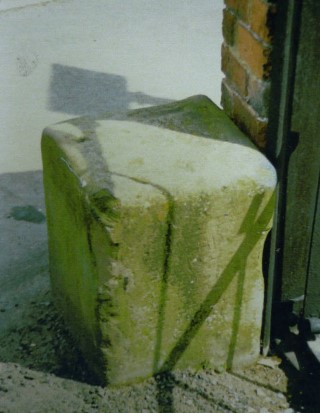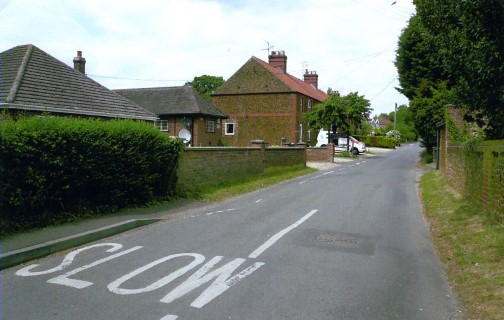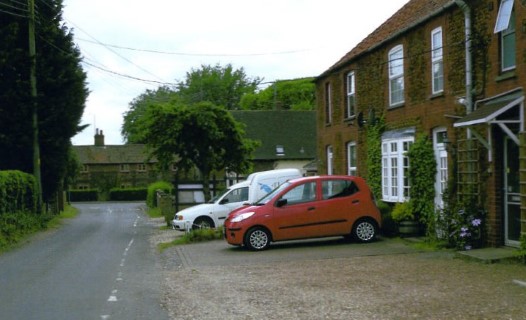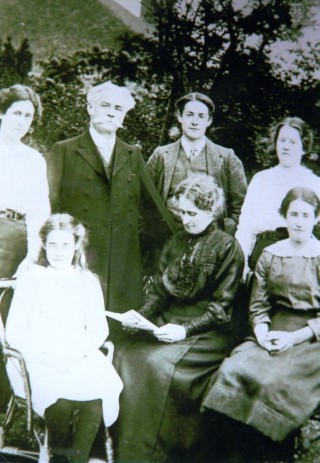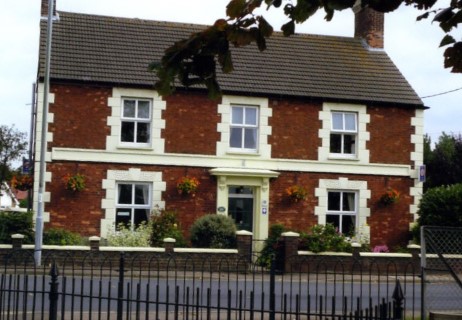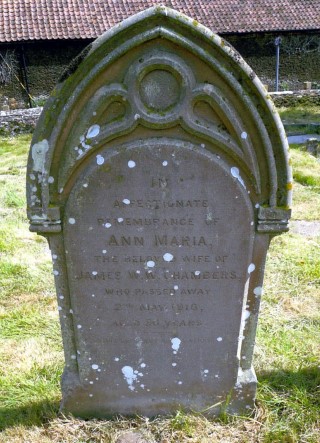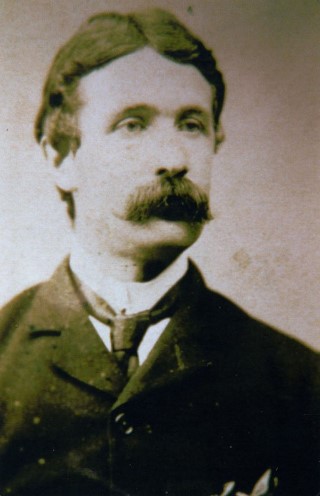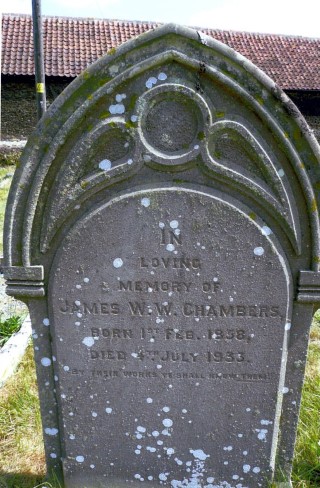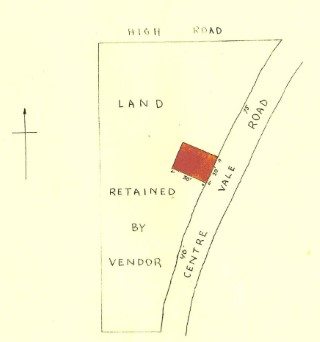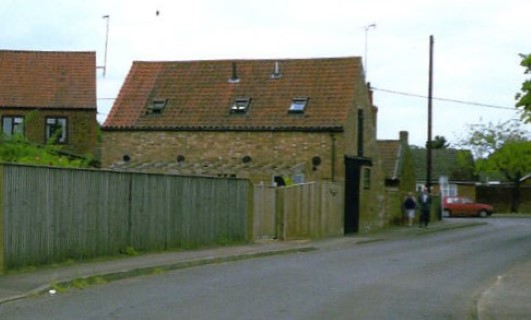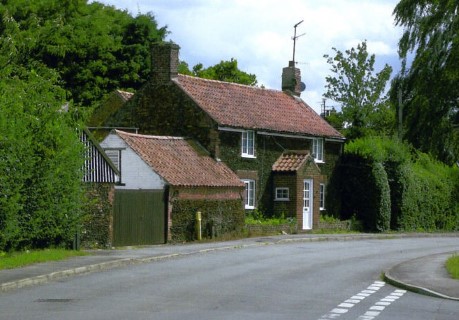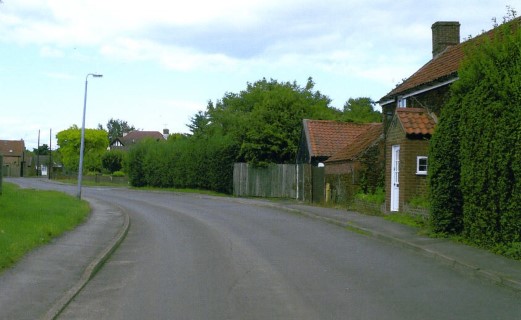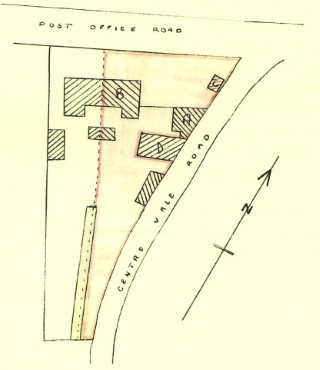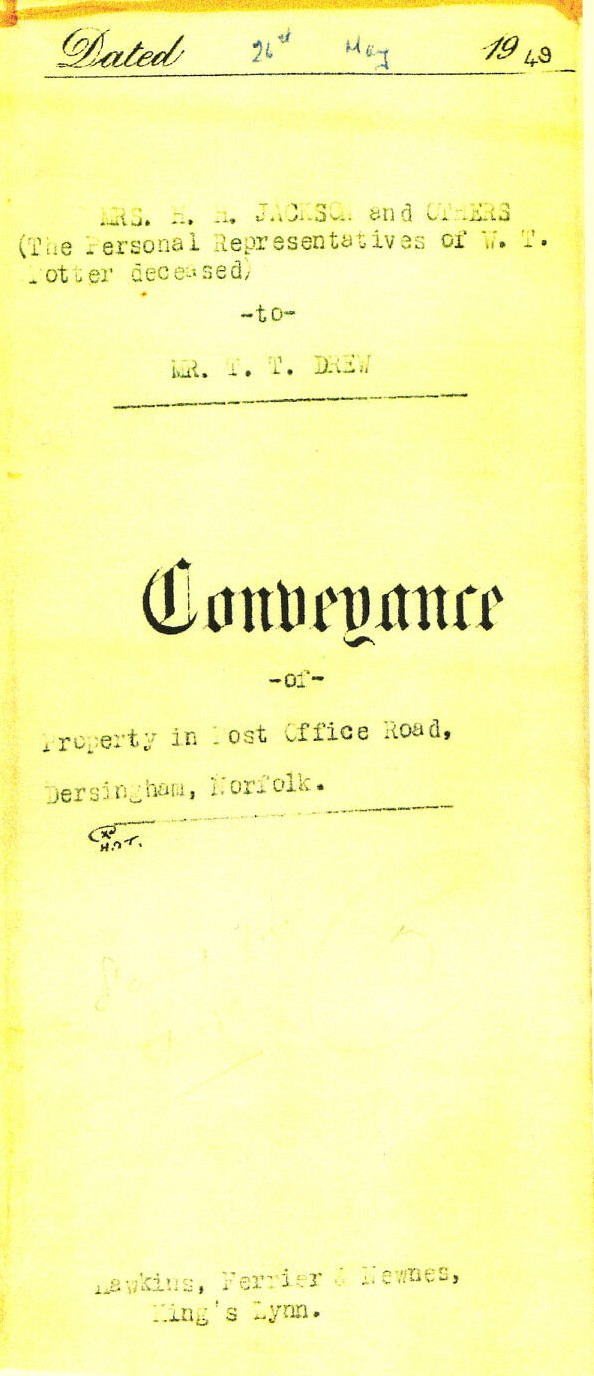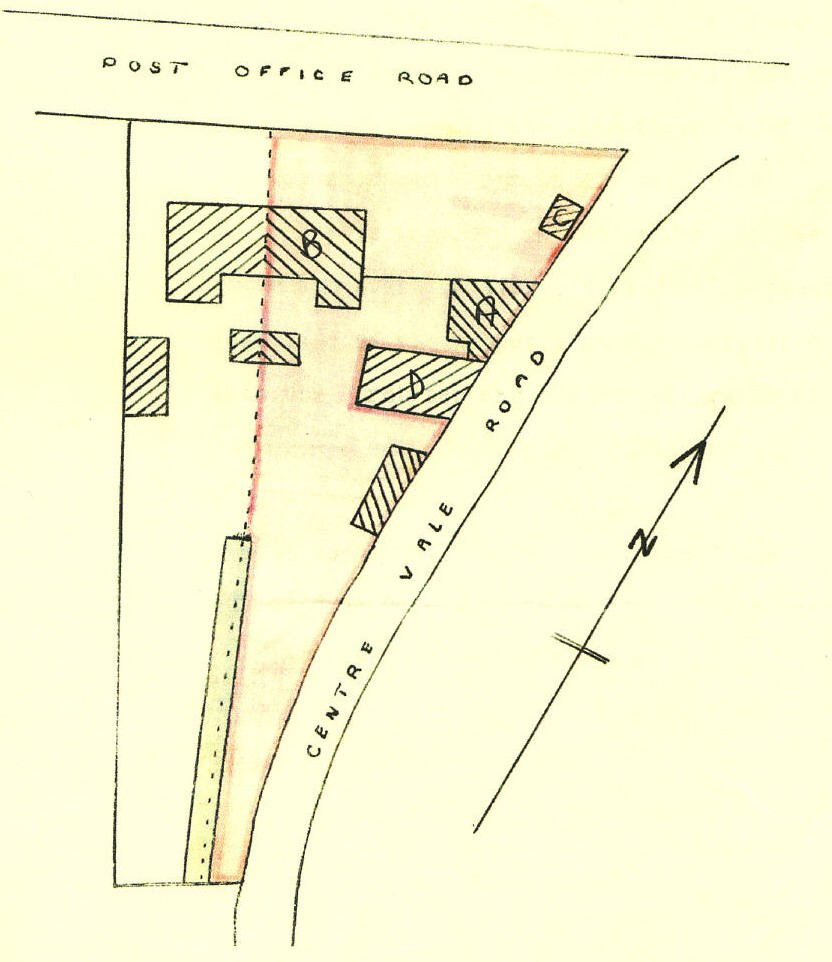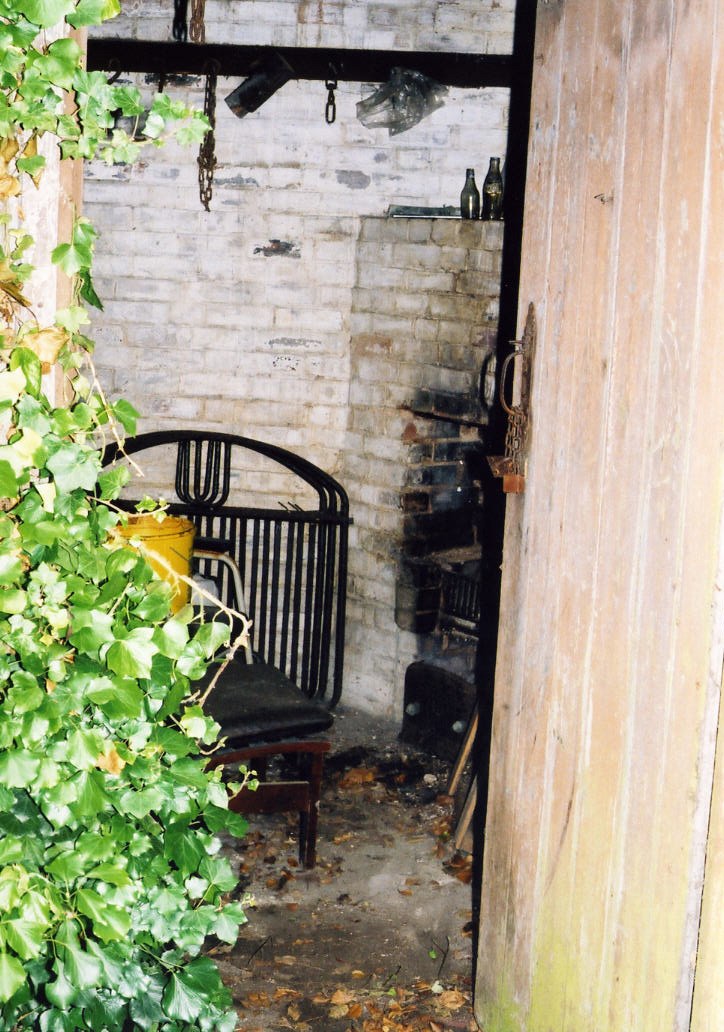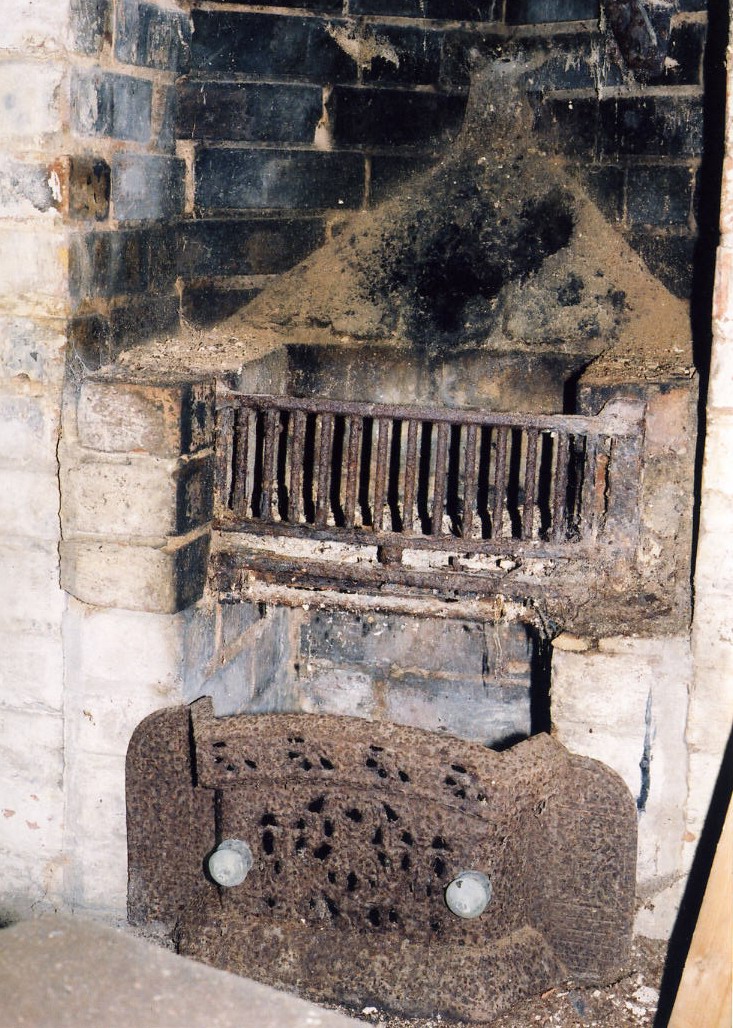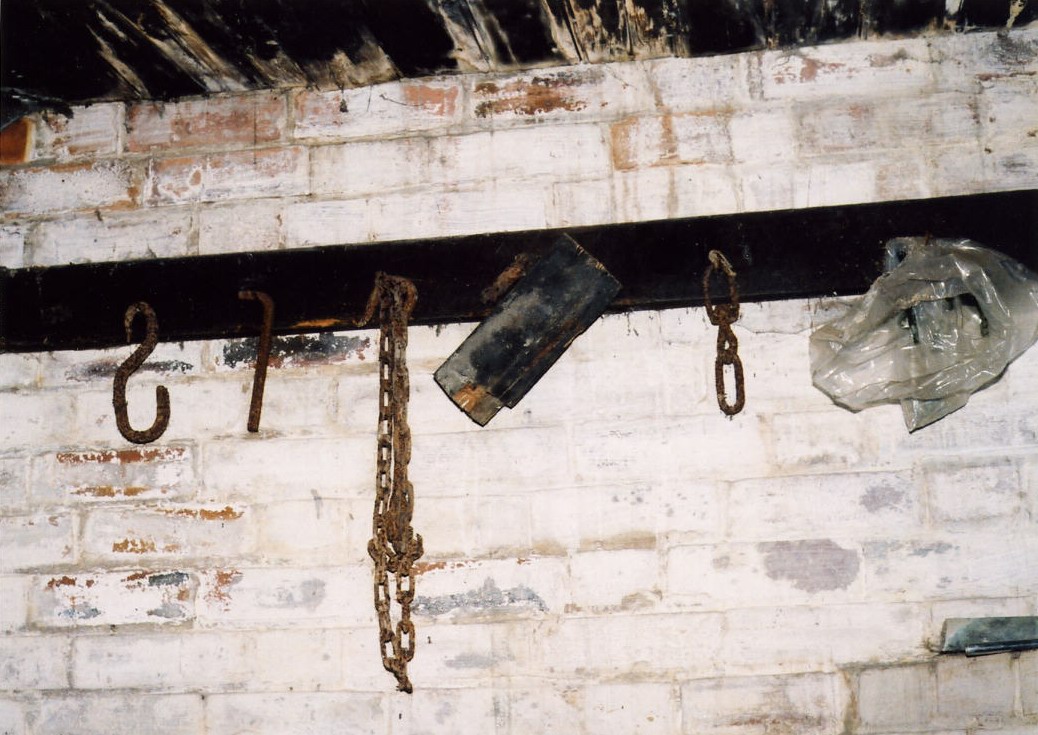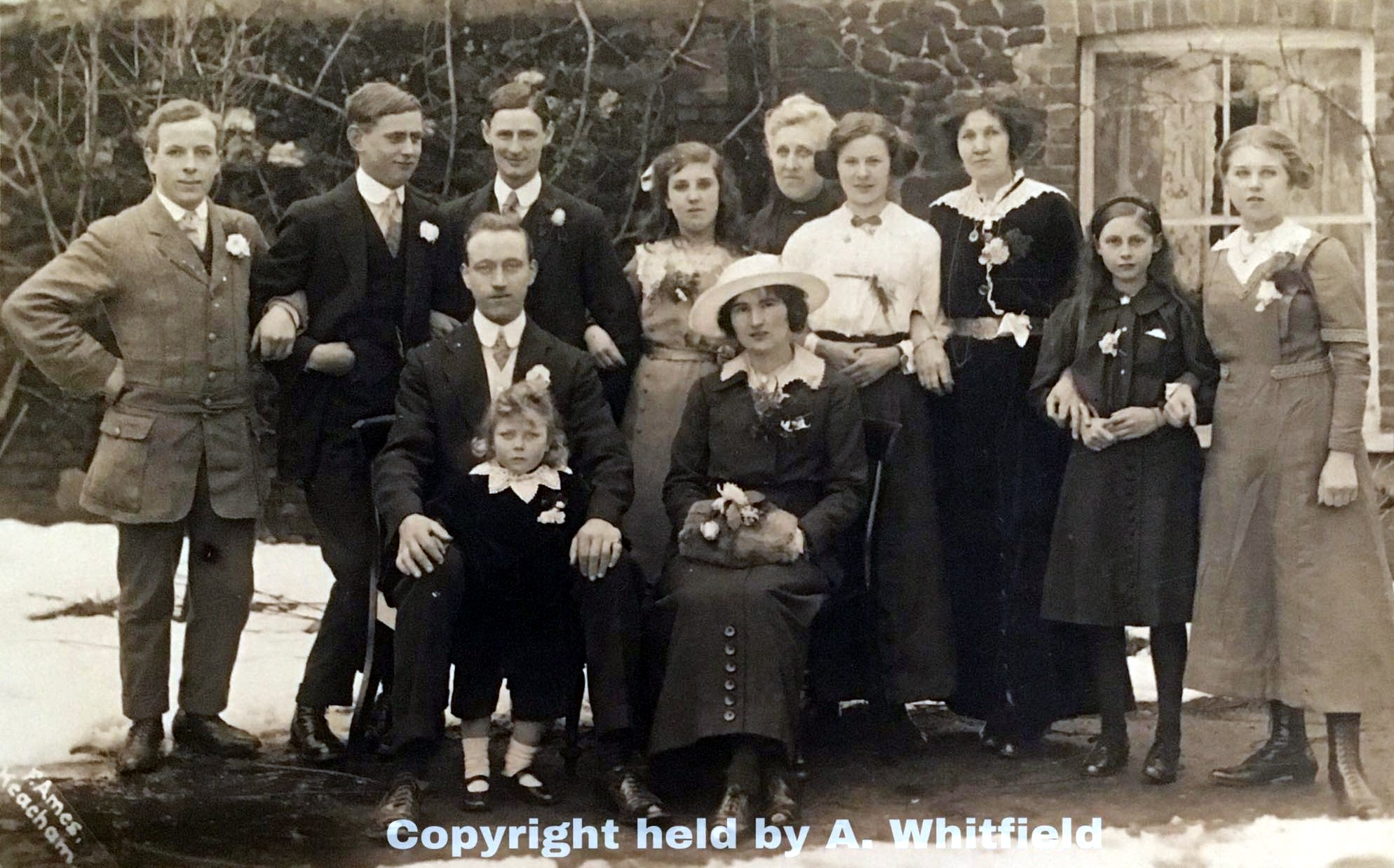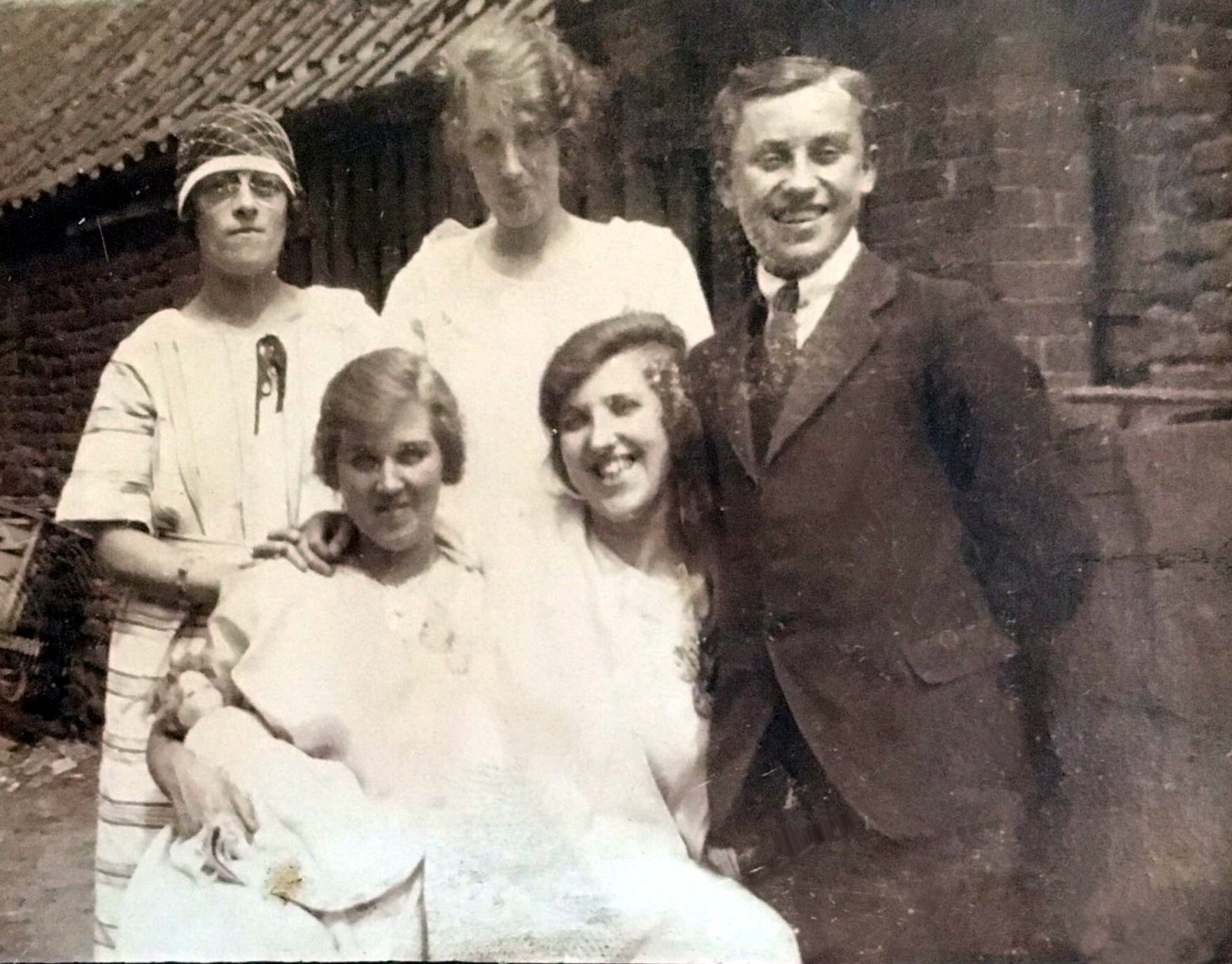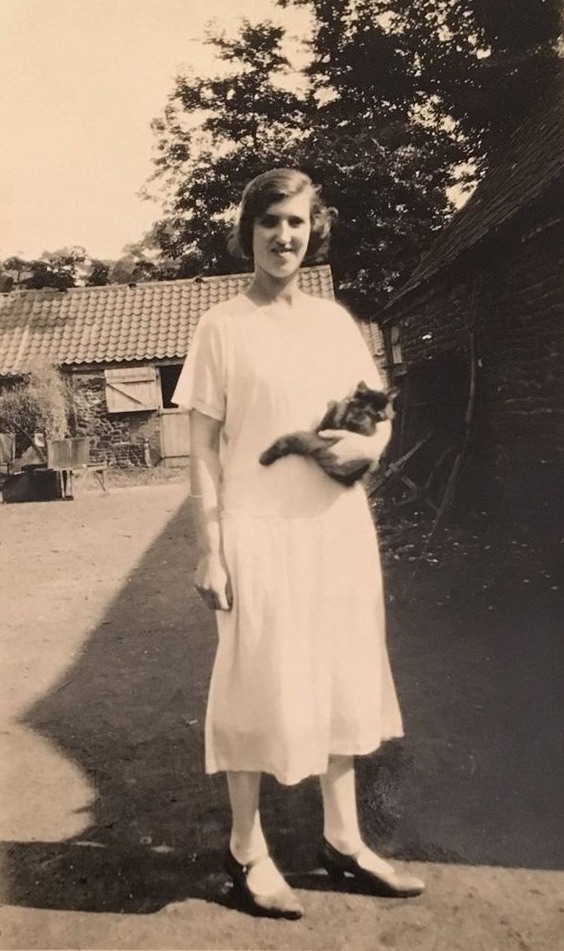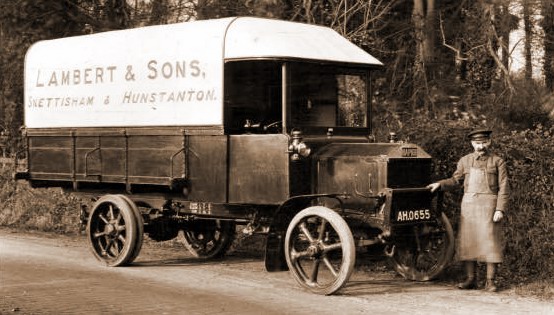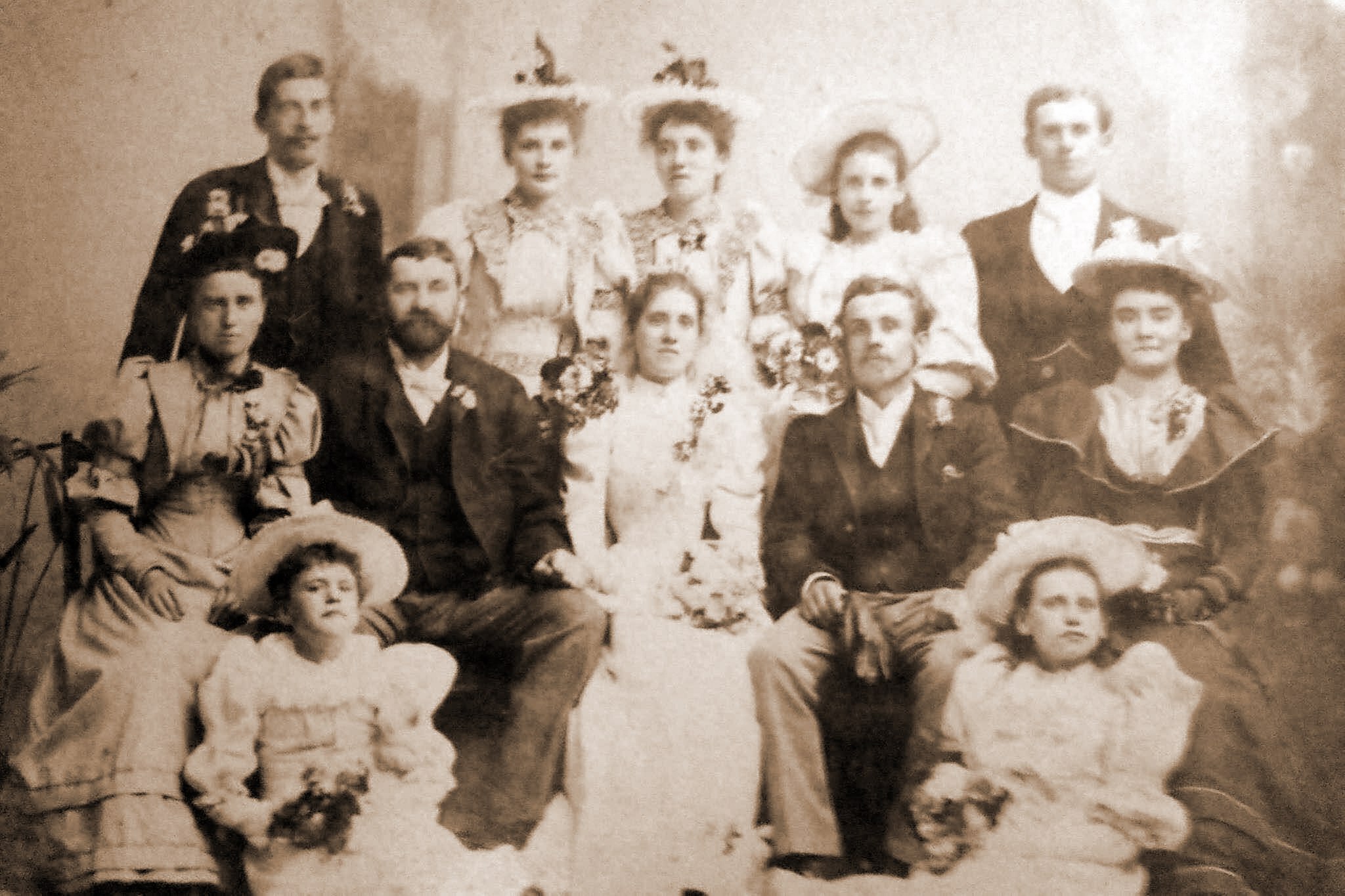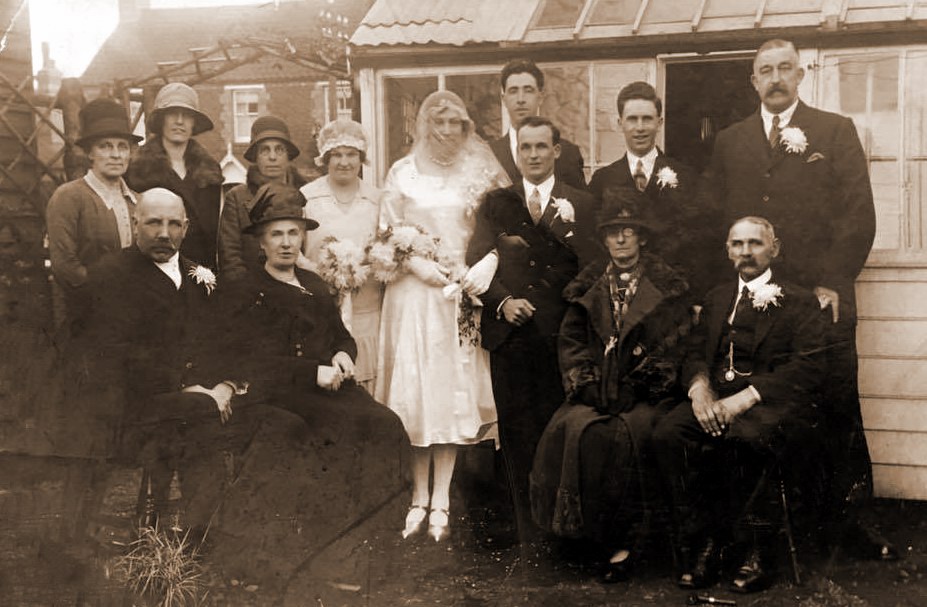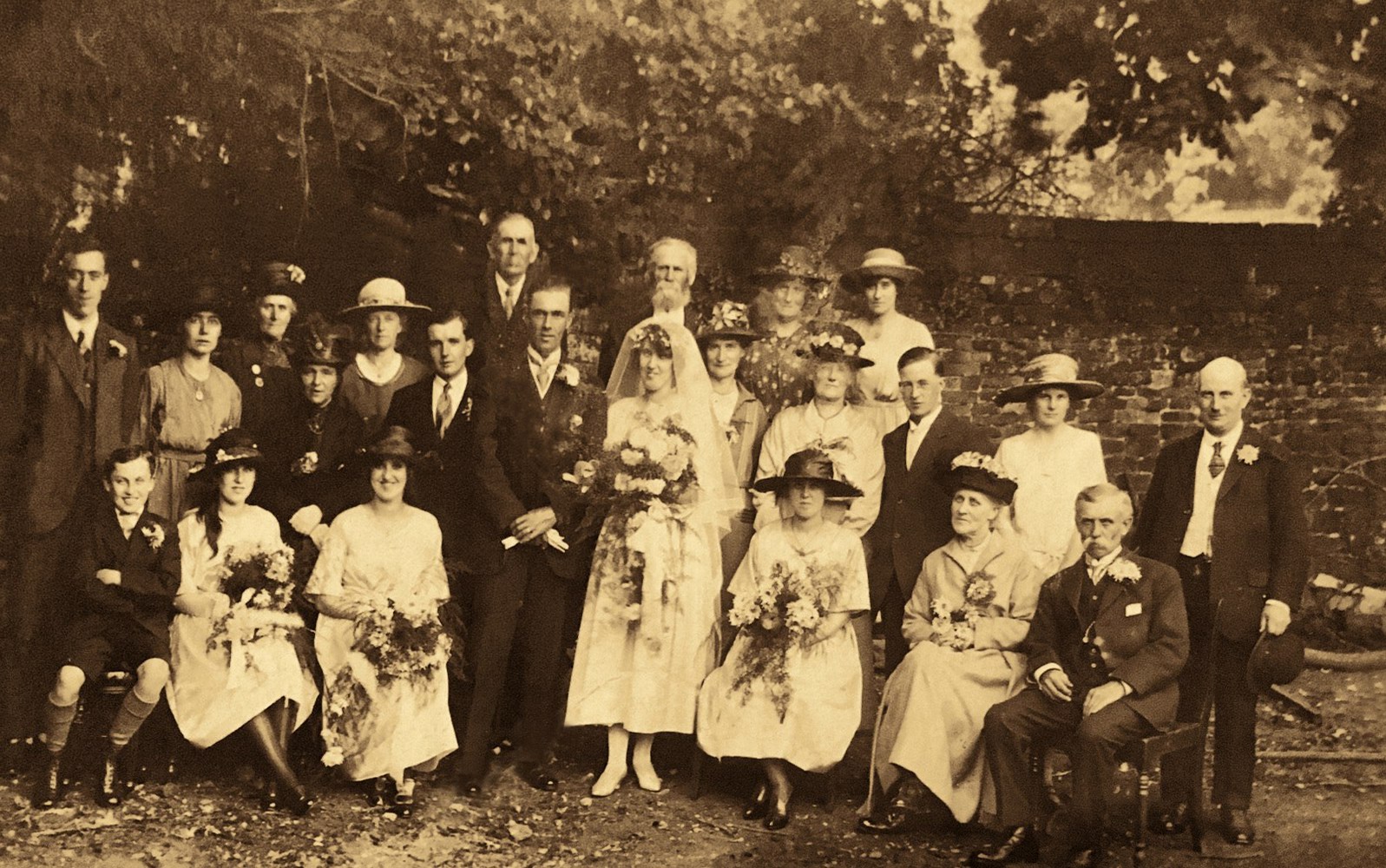William's son, George William Dodman, continued the family business. In the directories up to 1916 a Mrs. Dodman was living at a house named Rosedale and in 1922 her address is given as Mill Road. She remained an active member of the community acting as treasurer and then secretary for the chapel.
George William Dodman died in April 1932 and is buried in the churchyard. In 1929 Richard Stanton is listed as Farmer, Manor House, smith and wheelwright at the Chapel Road premises.
William Turner Potter
The second new name of significance that is recorded in Kelly’s Directory of 1883 is the one that is of importance to us, namely, William Potter. It was William Turner Potter who came to Dersingham, set up his blacksmith’s business and built the smithy and Barn that stand now at the junction of Centre Vale and Post Office Road.
But we must start at the beginning with William’s Grandfather Robert Potter who ran his blacksmith’s shop in Gaywood just outside King’s Lynn. The census returns of 1841 for Gaywood record Robert Potter, blacksmith, with his wife Francis and three children, John 10, Sarah, 9 and Frances 4. Unfortunately the Smithy and cottage were demolished in about 1961.
Robert’s son John went on to set up a blacksmith’s shop in Snettisham. He is recorded aged 40 in the census of 1871 and the address given appears to be Back Street. He now has a wife Mary Ann and six children, Henry 3, Mary 5, Alfred 7, Emma 9, and Ann Marie 11. The oldest child is our William, aged 13, who is described as being born in Gaywood and a scholar. This makes the date of William’s birth 1858. He worked for a while with his father but at the age of 16 he went to Halstead in Essex where he continued to learn his craft for about 6 years. He is recorded as living with his Brother-in-Law Arthur Doe who had married William’s sister recorded as Fanny aged 25. Other members of the family included Arthur, the one year old son of Fanny and Arthur, and Anna, sister of Arthur Doe Sen. , 28 years old and a dressmaker.
He came to Dersingham shortly after 1881 and opened a blacksmith’s shop in the pastures at the bottom of Fern Hill and is recorded for the first time in White’s Directory of 1883. It is interesting that William Dodman is recorded as blacksmith but William Potter as smith.
Below is the Blacksmith’s shop and cottage in Gaywood shortly before it was demolished. William was probably born in the cottage.



